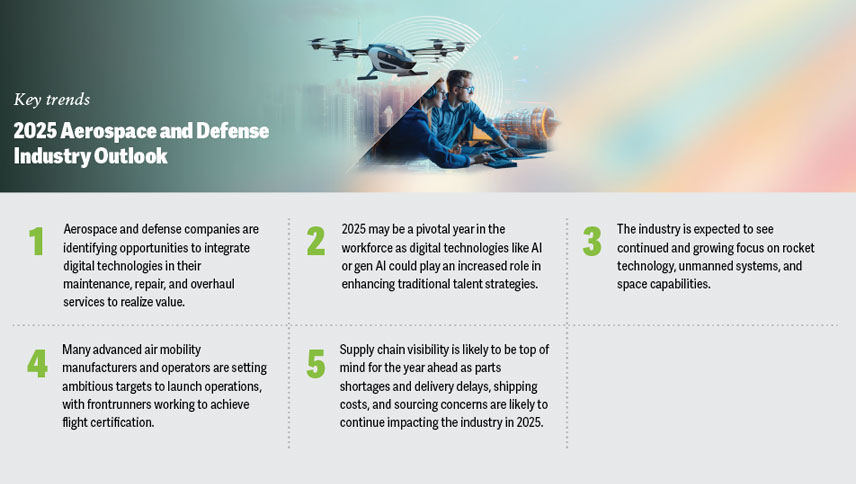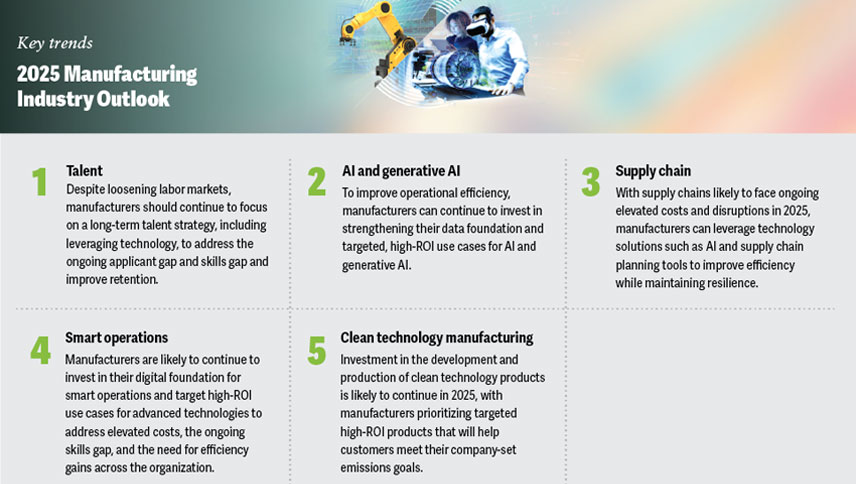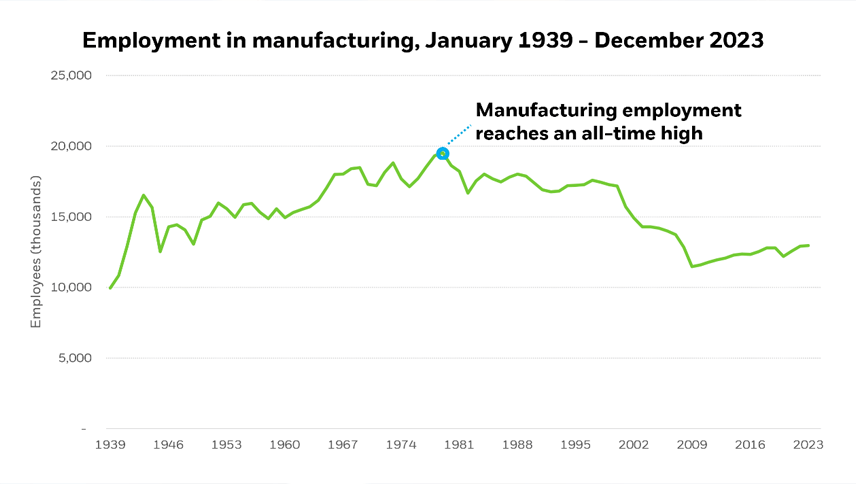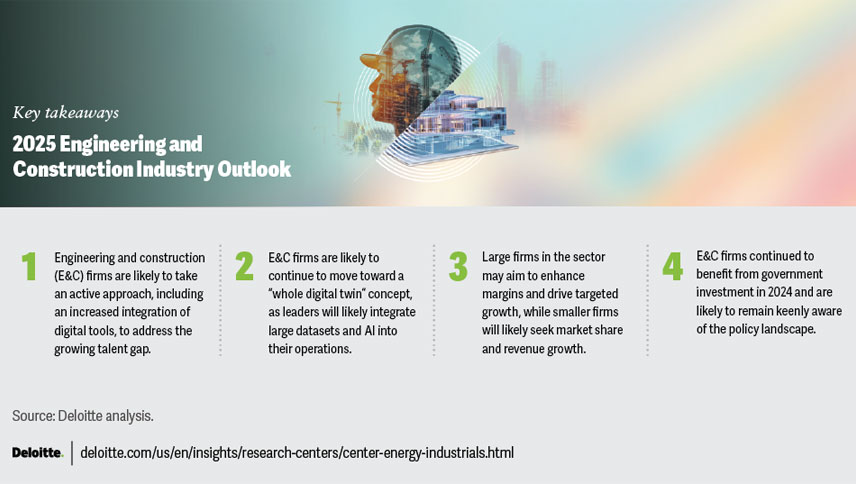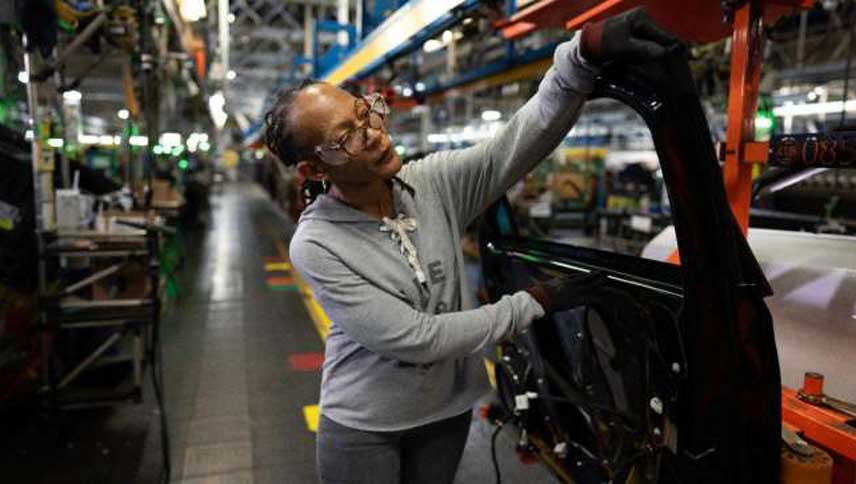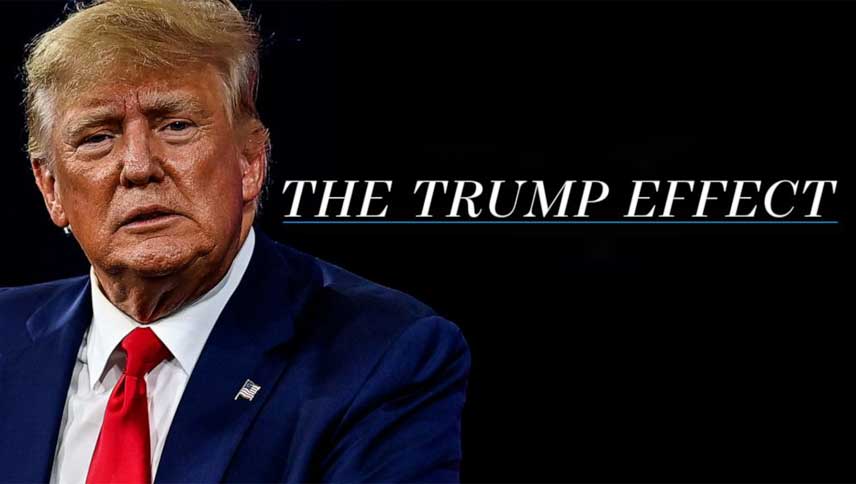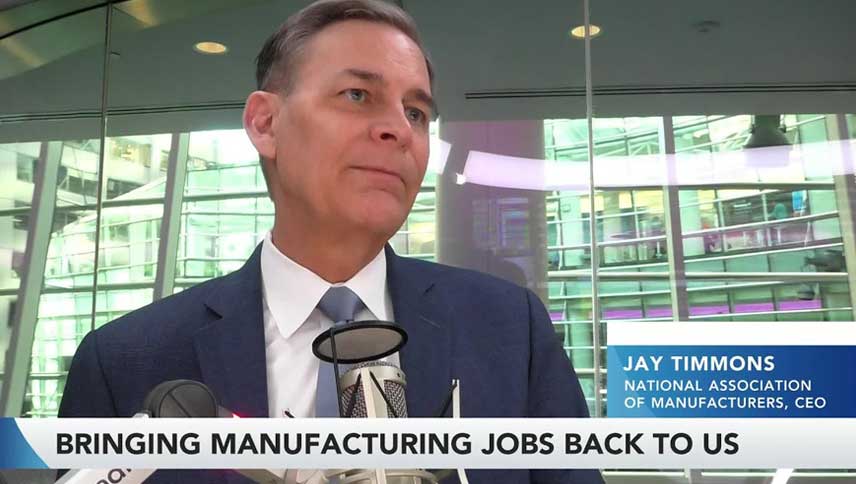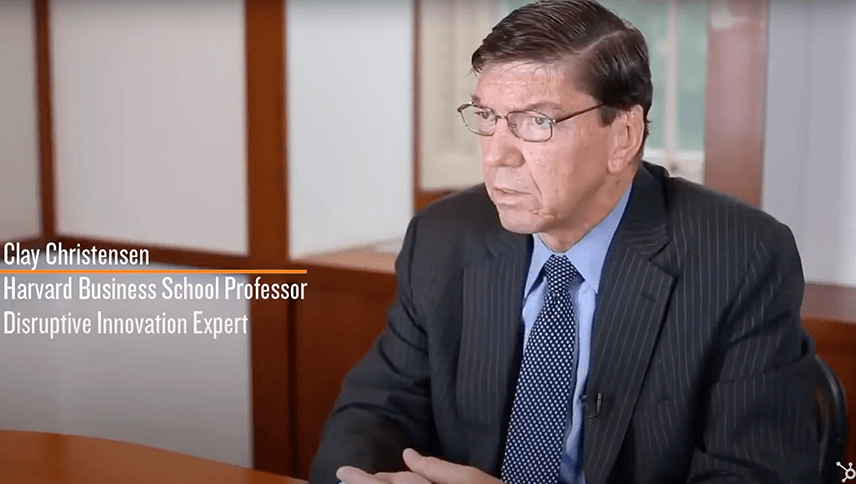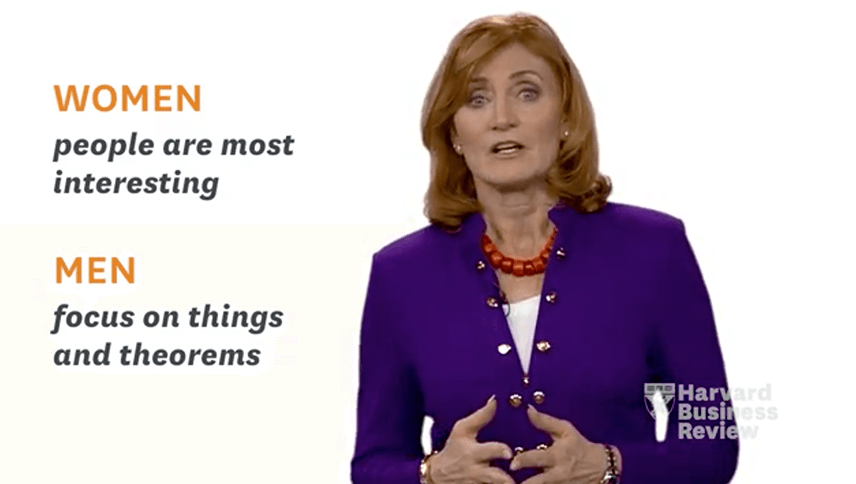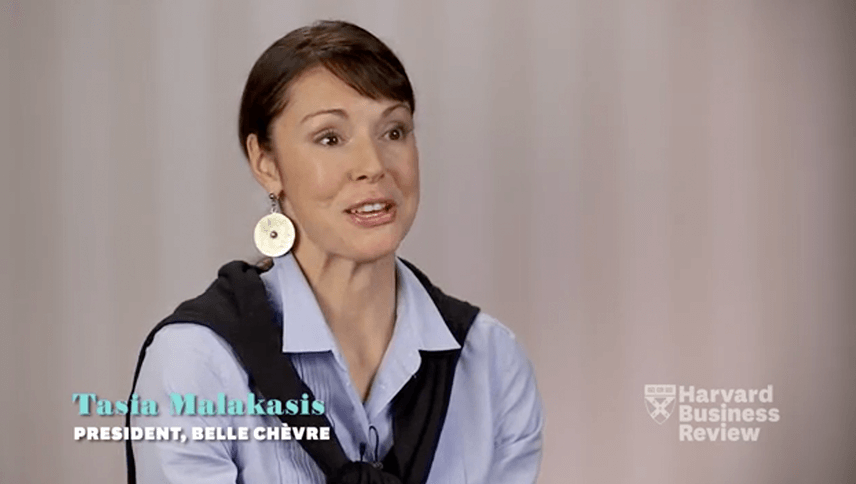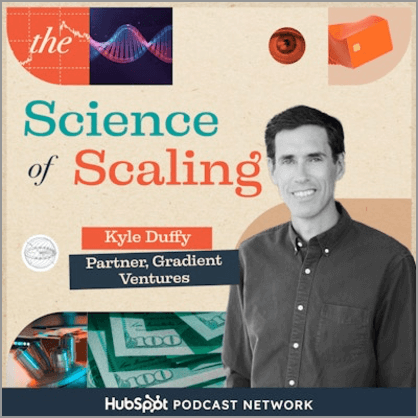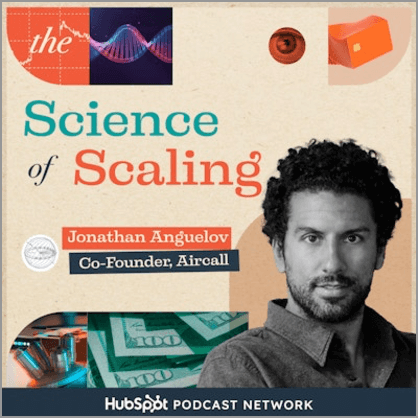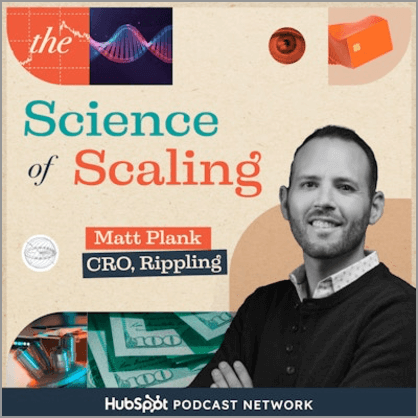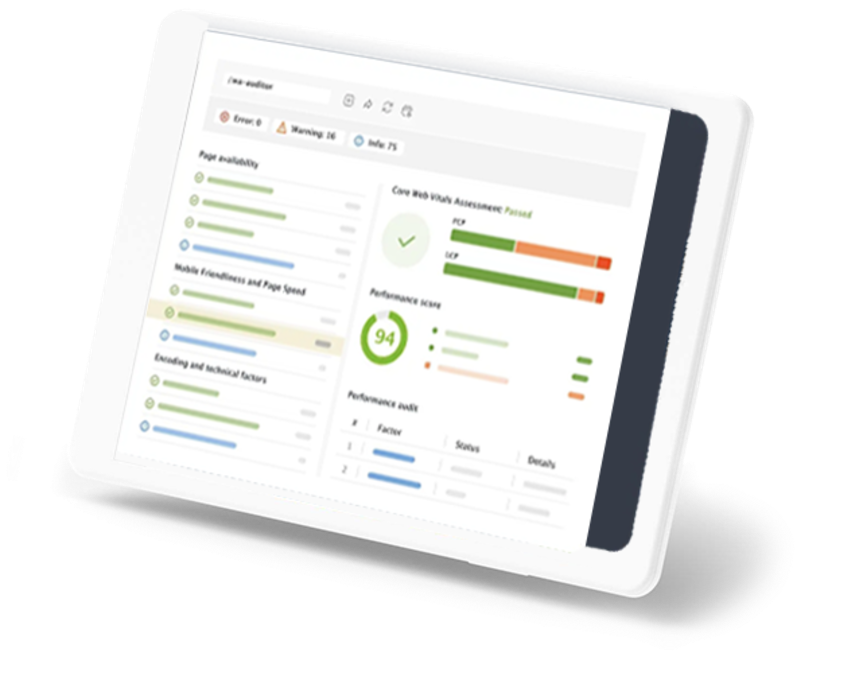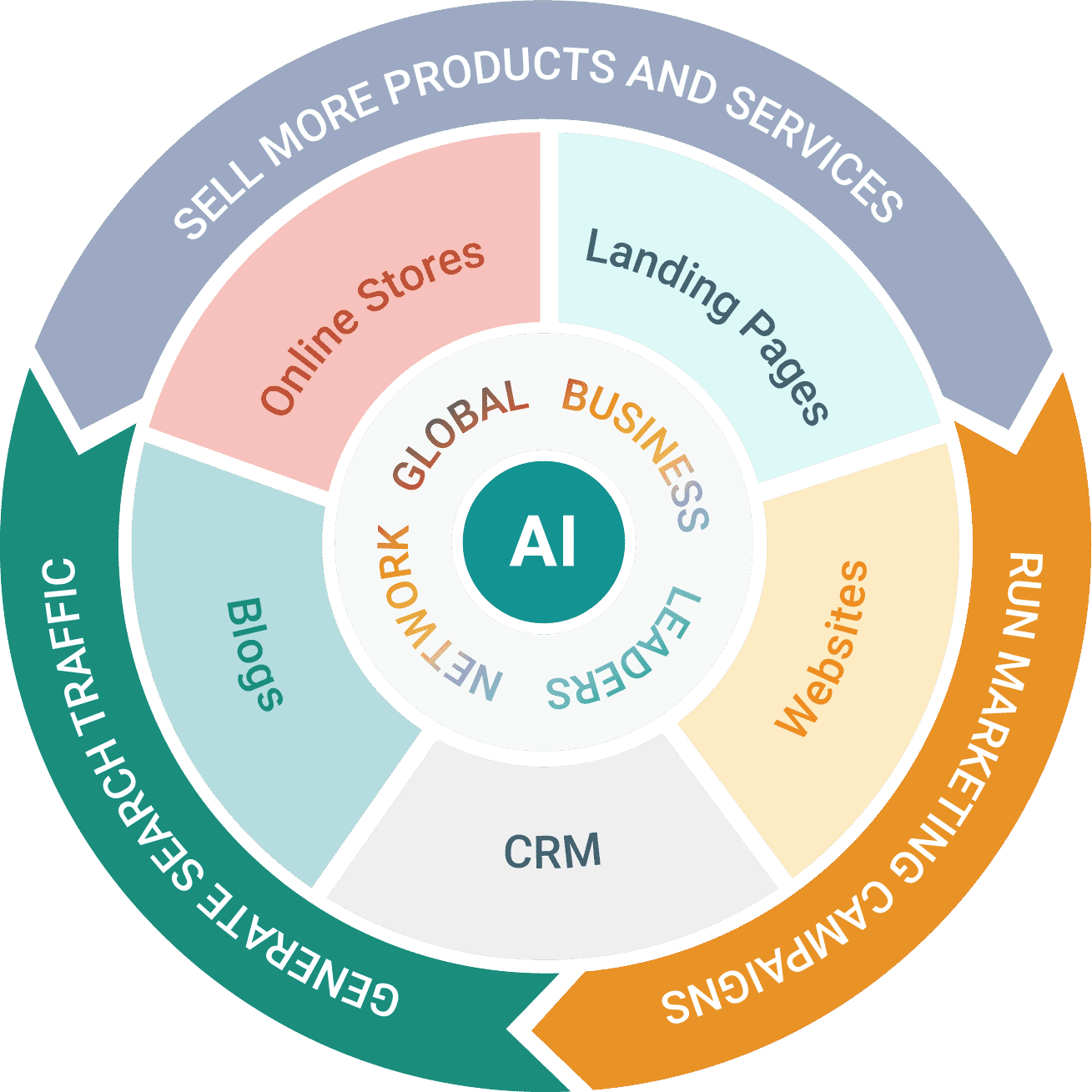Global Business: U.S. Manufacturing Revival After Tariffs
CGTN America
May 22, 2025
Sean Callebs: And for more insight into all of this, let’s bring in William Lee. William is the chief economist at the Milken Institute, and always a welcome guest in our program. Great to see you.
William Lee: Great to see you, Sean.
Sean Callebs: Okay, let’s step back for just a second because depending on the week, the issue, the situation.
We’ve heard various goals of this objective behind these proposed tariffs and how they are expected to impact American manufacturing. Now, is it a bargaining tool or as Trump has alluded to a way to bring money, taxes, he says back in. Or is this a way to really revamp US industry and breathe new life into this nation?
William Lee: Well, secretary of the Treasury, Scott Besson, made a nice summary of exactly what the, the, the policies are at the milking conference a couple of weeks ago. Uh, and, and many people, uh, especially big investors, heard him say the point of the tariffs is to be a part of the package, uh, revitalize the United States.
And reshaping the global trading system, revitalizing the United States, smaller government, lower taxes, fuel regulation, the Revit, revitalizing the, uh, the trade system is gonna involve some tariffs, uh, to protect the investments that come into the United States that we’re incentivizing, uh, foreign investors to do.
Uh, and, and as well to have more bilateral and regional agreements rather than be big multilateral trade deals that are not appropriate anymore for 21st century trade. That’s the plan. Um, but the restructuring of the United States. Comes about by bringing investors to invest in the United States, create more jobs here, and these jobs not gonna be the making shirts.
And, and the old style 1950s manufacturing that really we don’t have a comparative anti in rather, the kind of investments that he got from Promise in Saudi Arabia and, and Middle East and, and uh, uh, uh, soft Bank in Japan where they said they’ll invest hundreds of billions and up to, you know, trillions of dollars in energy.
In artificial intelligence in some of the high tech industries. And you’re, and, and you know, a lot of the nice problems that we’ll be having is that we may not have enough labor to, to, to, to fuel all these jobs that are being created. And that way I think we’re gonna be revising our immigration policies to be able to have farm workers come in where needed.
Sean Callebs: Okay. That’s, that’s the plan. So can it work and talk about these specific industries and a little more about the ones that Trump believes will benefit the most from reshoring manufacturing, bringing manufacturing back to the United States. ’cause a lot of people say it’s just not gonna happen. It takes too long to create and build a factory, whether it’s, it’s steel that, uh, he says also wanted that back and these high tech, uh, jobs that you’re talking about, that that’s not gonna crop up overnight.
William Lee: It won’t go, uh, come up overnight. In fact, um, I think, uh, the United States can learn a lot from China and how they were able to build, uh, hospitals and, and factories almost overnight during COVID. Um, and, and some of those technologies, I think, uh, the US will be love to be importing from China. Uh, so those technologies are there.
And they’re to be implemented. Now, some of the strategic industries that President Trump really wants to preserve for the United States, even though we it’s more costly to do here, would be steel manufacturing. A lot of the defense in, uh, uh, industries, uh, uh, needed, uh, uh, like pharmaceuticals and, and, and medical supplies that we, where we cannot depend on just foreign suppliers to, to meet the needs of, of these critical industries.
So there will be some industries that we come that we want to come back that are more costly to make here than abroad. That’s for national security and national safety concerns. So, so I think the, the mix of jobs will be, will be varied. Um, and I think the, the difference between this plan and what President Biden did in the, in the Chips Act is that instead of choosing the industries that we will subsidize, we’re gonna let the marketplace do it, raise prices on, on selective industries, and see what companies are able to step up to the
Sean Callebs: plate and actually do it.
Okay. William? I’ve heard it. I know you have heard it. There are a lot of people out there say, look, this just is not. Going to work. It’s not feasible. How do you counter that argument?
William Lee: I absolutely agree that, that I think the, the, uh, without restructuring the economy, uh, in the way that President Trump is, is, is, uh, is promising The smaller governments have released resources that were absorbed by the government into the private sector to have lower taxes, have fewer regulations to enable a lot of these decisions to be made quickly.
Um, uh, and instead of getting bogged down by red tape, those are absolutely critical parts of the policy package that he’s gotta pass. And he’s gotta do it quickly in the next, um, uh, you know, year or so. By the time midterms come, no one’s gonna be interested in doing that kinda stuff. So, so the test of the Trump agenda and whether or not this stuff is gonna be feasible is you watch to see if this government shrinks if taxes go down and if regulations go down.
The last one, the regulations are the most critical part. ’cause regulations have really, uh, made it so difficult for foreign investors to come to the United States, make the factories that they wanna make, uh, and employ the people they want to employ.
Source: https://www.youtube.com/watch?v=sVBHUuD0j_c

